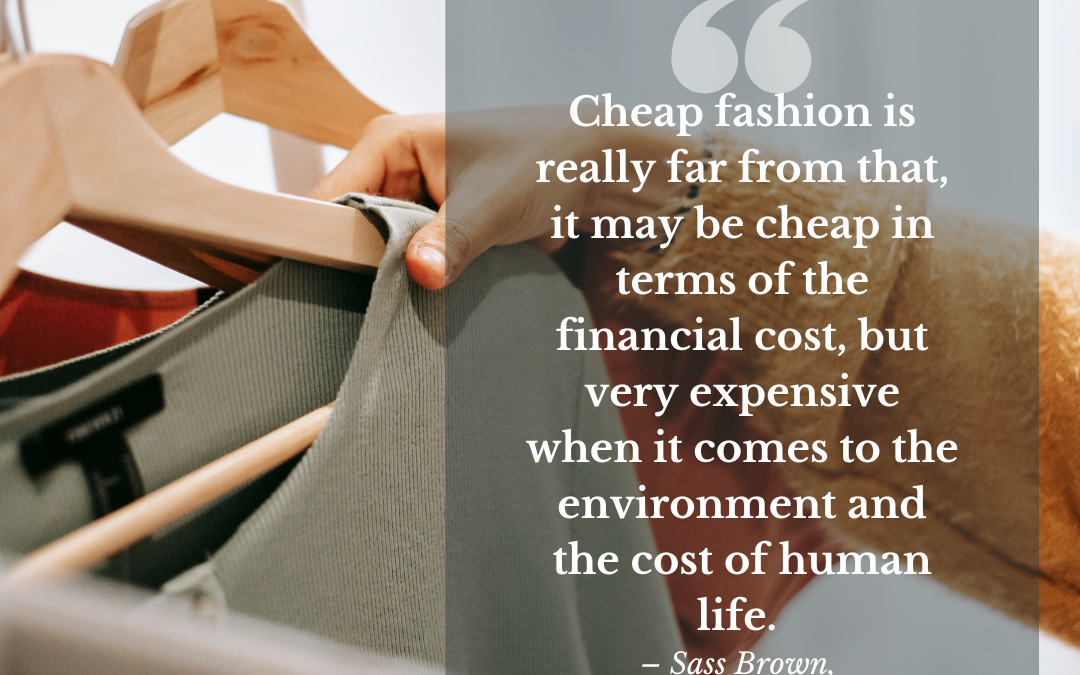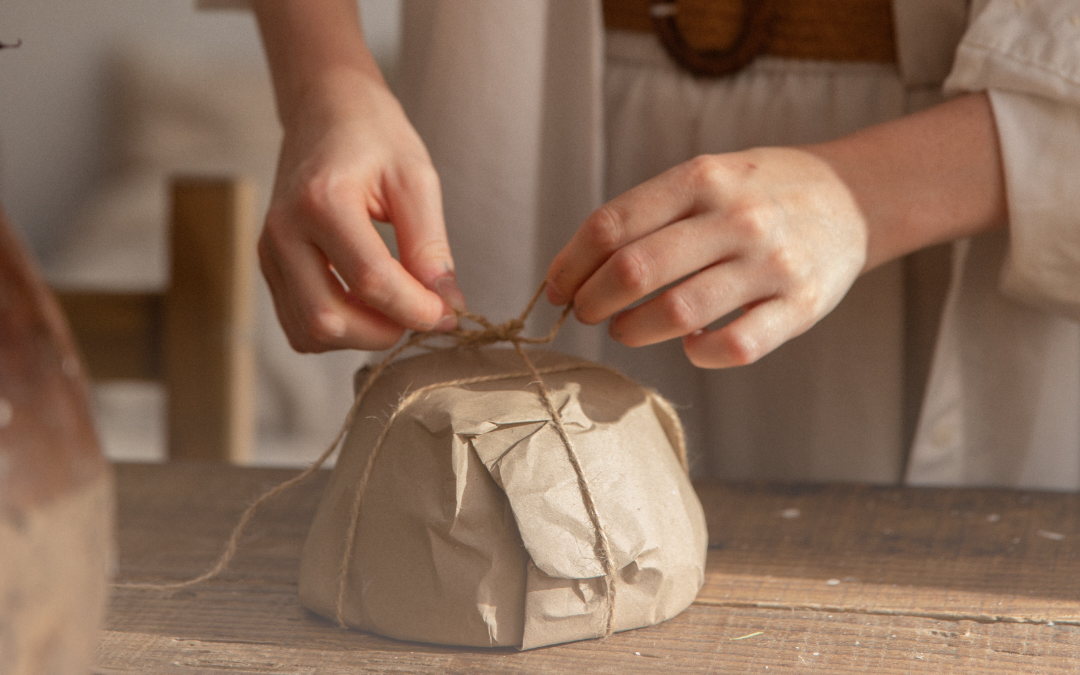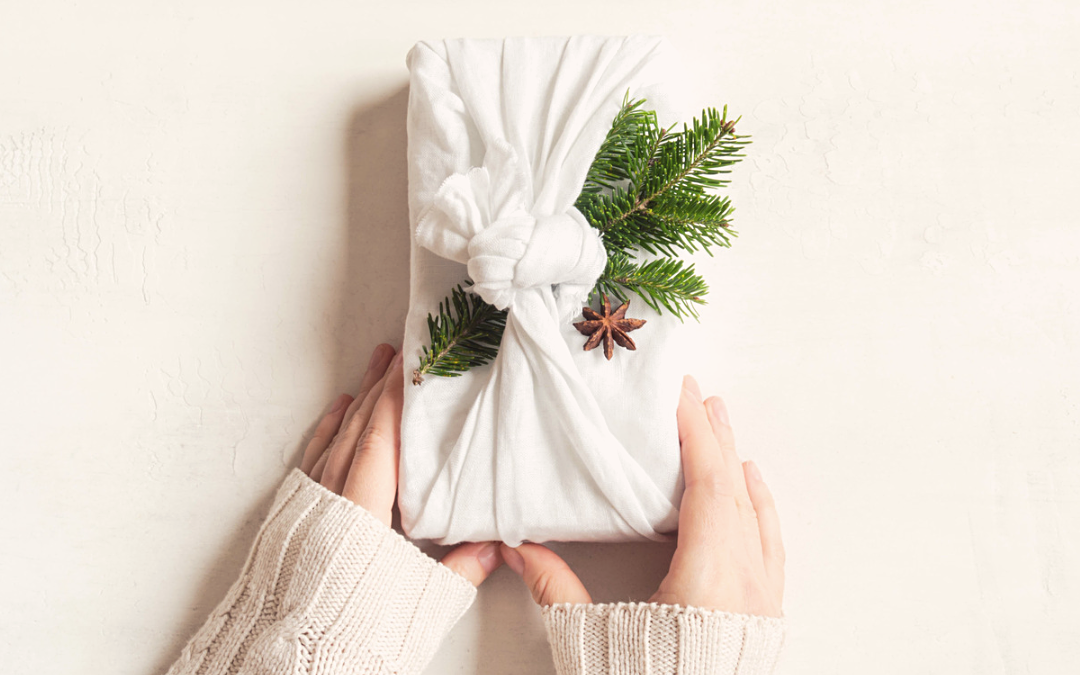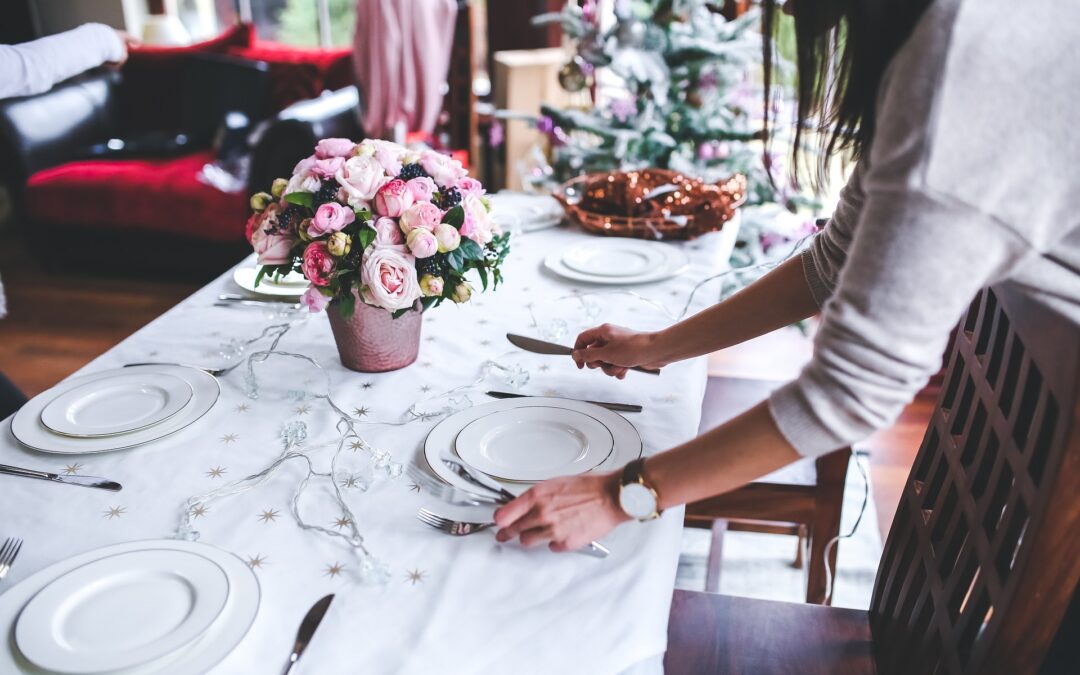
by KAUTE | Mar 31, 2023 |
Recently, I came upon this quote. And, it really got me thinking about the realities of the purse, the pocketbook, and power: “Cheap fashion is really far from that, it may be cheap in terms of the financial cost, but very expensive when it comes to the environment and the cost of human life.” – Sass Brown, author of ECO Fashion.
Let’s be honest. Who here hasn’t bought a fast fashion garment (or 2, 3, 4…) at least once in their lives? We all know the economic benefit or savings from “getting more for less” or from “not breaking the bank.”
Indeed, cheap fashion may seem like a bargain in terms of our wallets, but the TRUTH is:
👉 It comes at a very high price for our planet — The overuse of resources and the pollution caused by its production and disposal processes have long-lasting, negative effects on the planet.
👉 It comes at a very high price for the people involved in its production — Many fast fashion brands cut corners when it comes to worker safety and fair wages. This can lead to unsafe working conditions, human rights abuses, and an unbreakable chain of harm.
So, what are we to do? How do we balance what is “good for our $” and what is “good for our planet and people”? Is this possible? Yes, it’s possible. And, here’s my way of beginning to think about it…
1. Replace: the word “spending” with the word “investing” when it comes to deciding what to do with your resources.
2. Ask yourself: Who or what am I investing in today? Can this one “investment” take the place of all the “spending” that I’ve done for cheaper, less durable, less valuable pieces?
3. Know: Investments are typically made for the long-haul. And, they’re often made to secure a return of some sort. In this case, investing in sustainable fashion bears fruit. Sustainably-made clothing reduces the use of natural resources, promises a durable life-cycle, and ensures fair, livable wages.
Remember: With each decision we make, we’re VOTING IN our personal mandates for the planet and for the people involved in every step of the fashion supply chain.
THAT’S IT.
Begin to think about spending as an investment. And, see how it goes. You may be surprised.
Thoughts?!? Share your insight below. Thank you!
xo, Kathleen
Have you signed up for our newsletter yet? No!? Oh my! Jump to our home page and insert your email address pronto. We promise: No spam, only glam 🙂

by KAUTE | Dec 23, 2022 |
We all know that, “It’s what’s on the inside that counts.” Right? Right! This maxim was emphasized over and over again to us when we were children. And, still I find it an inspirational idea to live by.
But, I do have one exception to this rule — I’m obsessed with beautifully and sustainably wrapping gifts! I enjoy creating something that is special and truly is the “whole package.” Whether it’s for a birthday, a holiday or a housewarming, I’m into how the gift is presented. Martha Stewart, please step aside!
Thankfully, there are many different ways to beautifully wrap gifts using sustainable materials. Try mixing and matching some of the options suggested here. You may be pleasantly surprised with the results!
Hint: To get started, you can always re-use wrappings from gifts you’ve received in the past 🙂
1. Use recyclable or biodegradable wrapping paper and tape
There are many options out there now for eco-friendly paper and tape. Visit a local store or Michaels, Target, Walmart and others for these supplies.
2. Use other kinds of recyclable paper or materials
Employ what already exists in your home or office. White paper, kraft paper, newspaper, phonebooks, magazines, aluminum foil and miscellaneous boxes. All of these are ripe for decoration with colored pencils, markers, paint, stamps, stencils, stickers and more.
3. Use fabric from your stash
Securing a piece of fabric with a ribbon or a thin piece of fabric is an easy way to wrap. All fabric is fair game, including fine fabrics or recently retired sheets or clothing.
4. Use natural ribbons and flourishes
Fabric strips, strong reeds, yarn and the like can be handy, as can thin, recyclable metal wire. Ditch shiny bows in favor of more natural options like bark, herbs, sprigs, pebbles, pinecones, shells, cinnamon sticks and edibles like candy, chocolate and fruits.
Which idea(s) may make it onto your list? Or, let us know other ways that you already sustainably wrap!

by KAUTE | Dec 20, 2022 |
Let me ask you this : Does the idea of giving a sustainable or eco-friendly or ethical gift appeal to you? Or, does it seem like something that would be too much of a hassle or derail your gift-giving altogether? Admittedly, finding a sustainable gift – that really checks all of the boxes – is not always the most straightforward endeavor. However, my guess is that you’ve probably hand-made or bought a ‘sustainable gift’ for someone in the past without recognizing its positive value to our planet. So, good on you!
If you want to keep your sustainable streak going (or kick one off!), here are my 5 tips to get you jump-started online :
Wait! Before diving into the Google-sphere, remember that buying local is a fantastic way to support your community and to find sustainable gifts. Perhaps, start there first. And, if you strike out, see what’s available online (locally, regionally, etc.). Best of luck!
Tip 1. Determine your desired spend
Decide how much you want to spend on your sustainable item(s). Make sure this is in line with your intentions.
Tip 2. Search “sustainable,” “eco-friendly” or “ethically-made”
Include at least one of these words above in your basic Google or Google Shopping search. For instance, you can type in “sustainable socks” or “eco-friendly socks.” Or, take another route entirely and search for a sustainable experience (e.g. a gift cert for dinner at a farm-to-table restaurant) or donate to a worthy cause or organization in the name of your ‘givee.’
Tip 3. Examine the results
Review the recommended brands to shop and/or any “best sustainable gifts” blog posts. Determine which items meet your specs and are made from more sustainable materials. For socks, this means looking for responsibly-sourced yarns, for Fair Trade, organic, upcycled or non-GMO cotton, and/or for recycled polyester (RPET).
Tip 4. Shop with purpose
Not all sustainable brands are created equal. If you can dig a little deeper into a brand’s website, you will get to know its people and processes better. Consider these questions: How are their products made? Do they pay their employees a living wage? Do they “give back” in a specific way, in addition to creating products? Are their products or materials certified in any way? What is their mission and vision?
Tip 5. Check packaging and shipping options
Look for brands that use recyclable or biodegradable packaging to send their gifts. Support brands that are closest to you and/or ones that offer a carbon offset for shipping.
So, how do you feel about the prospect of buying sustainable gifts now? Let us know in the comments below. And, let us know if there are any other tips we missed. Happy Giving!

by KAUTE | Dec 8, 2022 |
Do you consider yourself to be a spiritual being? Loaded question, I know. But, an important one, nonetheless. I realize that for a lot of people, “spiritual” may equate to the word “religious.” And, that’s great. In my heart, however, I consider myself to be a spiritual being in a physical world. I am connected to this idea of “spirituality” and I embrace it.
One of my favorite spiritual thinkers and doers is Deepak Chopra. I’ve read, and continue to read, a number of his books because he has a lot to say that’s truly inspirational. Obviously, Deepak is known the world over and is chock full of wisdom of all kinds. One suggestion, though, that he’s made again and again has definitely stood out for me this holiday season.
Deepak said to always bring a gift when you are greeting or visiting others. He emphasized that these gifts can cost nothing and it’s the gesture (and energy) of them that really counts. This made me wonder: How could we give this holiday season without buying? Is it possible?
With these questions in mind, I developed an initial list to get the ball rolling…
- Share a smile or a compliment
- Sing a song or read aloud for others
- Help out with meals, clean up or run an errand
- Craft a centerpiece or ornament using natural materials
- Listen closely and tell someone how much you enjoyed the conversation
These are just a few ways to bring a gift that costs nothing. I know there have to be many, many more. What ideas do you have for giving without buying? I’d love to hear them. Share your ideas in the comments below!

by KAUTE | Nov 16, 2022 |
If there is one thing I know, it’s that living sustainably is not straightforward. I’m often wondering, do I buy this or that? Should I eat this or that? What is going to have the best and worst impact on the planet? How can I live a lifestyle that is 100% sustainable? The answer is simple, do your best.
We can all take steps in the right direction with good information to back it up. We can stop, think and act with sustainability in mind. We can filter everything we do through that lens of eco-kindness, circularity and positive impact. Our decisions are absolutely critical and can truly shape the world around us for the better.
Where to begin? Here are 3 steps you can take to craft more sustainable meals for the people you love.
1. Set “the table” for your meal both figuratively and physically
Focus on your intention for gathering. To start your work day? To enjoy a healthy lunch? Or, to bring your family closer together in the evening? Be grateful for whatever the reason. Also, consider the different aspects of your settings. For example, using cloth napkins, rather than paper napkins or paper towels, demonstrates dedication to living a sustainable lifestyle.
2. Purchase local, regional and/or organic foods when possible.
Local and organic foods, and free range and naturally fed animals, taste better. Plus, buying them supports your regional economy. Purchasing even one of these items can make a difference. Baby steps can lead to bigger steps on your journey towards a more sustainable world.
3. Ingest mindfully and consider eating less meat.
Take a few moments to enjoy your food and eat with a purpose, and you’ll most likely feel satisfied. And, try adding a little less meat to your plate and opt for healthy vegetable sides. After all, the meat industry is the number one source of methane gas, a major contributor to climate change, and a meat-based diet depletes natural resources.
Did you find any of these tips helpful? If so, let us know in the comments!




